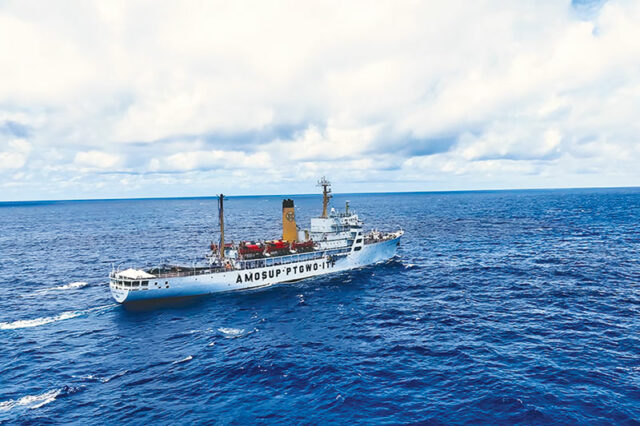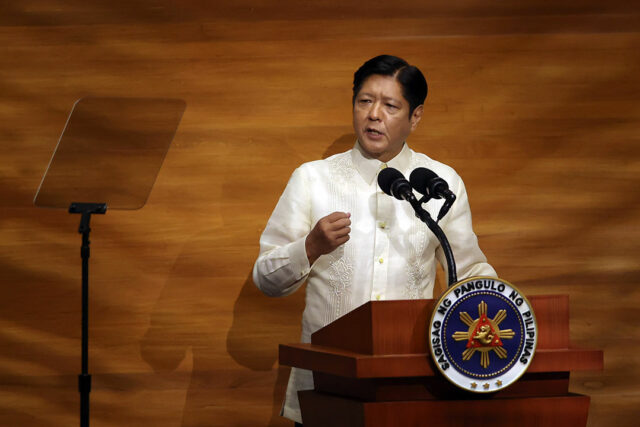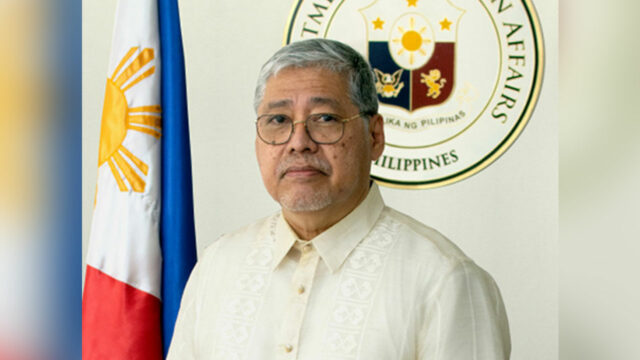The rules governing procurement have changed significantly over the past three years. In 2022, the Implementing Rules & Regulations (IRR) for the Build-Operate-and-Transfer (BOT) Law underwent two revisions — in March and September, respectively. In April 2023, the National Economic and Development Authority’s (NEDA) Revised Guidelines and Procedures for Entering into Joint Venture (JV) Agreements Between Government and Private Entities, otherwise known as the “2023 NEDA JV Guidelines,” took effect and repealed the 2013 Revised NEDA JV Guidelines. In July 2023, R.A. No. 11966, otherwise known as the Public-Private Partnership (PPP) Code was signed, repealing not only the BOT Law and its IRR, but the 2023 NEDA JV Guidelines as well (along with other guidelines formulated by various government instrumentalities involving partnerships between the government and the private sector not covered by the Government Procurement Reform Act or GPRA).
In that same month, R.A. No. 12009, otherwise known as the New Government Procurement Act (NGPA), was likewise signed, repealing the GPRA. In April 2024, the IRR for the PPP Code took effect. Meanwhile, given the repeal of the 2023 NEDA JV Guidelines by the PPP Code, other government instrumentalities such as the Power Sector Assets and Liabilities Management Corp. (PSALM), took the initiative and issued their own JV Guidelines covering JVs that do not involve the delivery of an infrastructure or development project (in PSALM’s case, JVs entered into pursuant to its mandate to privatize all assets transferred to it). Finally, the IRR for the NGPA was published in February.
Given the whirlwind of changes in the regulatory environment, it is not a surprise that prospective private sector partners and government implementing agencies (IAs) alike often find themselves seeking guidance from relevant agencies such as their statutory counsels (i.e., the Office of the Solicitor General or the Office of the Government Corporate Counsel, as the case may be), the PPP Center, or the Government Procurement Policy Board (GPPB). This is even more pronounced in the submission, evaluation, and approval of unsolicited proposals (USPs).
The provision on unsolicited proposals was legislated as early as the amendatory law to the repealed BOT Law (i.e., R.A. No. 7718). The rationale behind allowing the private sector to submit unsolicited proposals is a recognition that government does not have monopoly over ideas, and that the private sector may have better technology or more innovative approaches or methodologies to an identified project concept. USPs also provide an avenue for the private sector to propose new ideas or projects that allow the government to better achieve its strategic plans, goals, or objectives. Under R.A. No. 7718, a USP may be accepted provided: (1) the project involves a new concept or technology as determined by the IA and/or is not part of the List of Priority Projects, (2) the project does not require any direct government guarantee, subsidy or equity; and (3) the IA has invited comparative/ competitive proposals and no such other proposal is received within 60 days.
While the PPP Code has retained conditions (2) and (3) above (with some adjustments, particularly on the types of government undertaking that may be allowed provided government is compensated for its value), it has completely abandoned condition (1), stating that USPs are allowed for projects included in the List of PPP Projects, excluding those that have already been approved as PPP Projects by the appropriate Approving Body. Interestingly, condition (1) was adopted in the provision now allowing USPs for Goods and Consulting Services under the NGPA. The NGPA IRR provides that a USP may be accepted if it meets the following criteria: (1) deemed necessary, (2) introduces a new concept or technology, and (3) the IA has invited comparative or competitive bids.
Similarly, in the case of multiple USP submissions, the amended BOT Law previously applied the “first in time, stronger in right” approach, which means that the USP that is submitted first gets evaluated by the IA first; once accepted, the succeeding USPs will no longer be entertained. The PPP Code has departed from this approach by providing that USPs that have been considered complete upon submission must all be evaluated by the IA, which shall thereafter determine which among the USPs offer the best deal for the government. If none meets the criteria, the IA may opt to reject all of the USPs. Instead, it is the USP provisions under the NGPA and other procurement frameworks such as the 2024 PSALM JV Guidelines that adopt the BOT Law’s “first in time, stronger in right” approach when considering multiple USP provisions.
Another key feature of a USP is the granting of the Original Proponent Status (OPS) or Original Offeror status to the USP private proponent. The OPS grants the private proponent: (1) exclusive right over such proposal (i.e., no other private proponent may submit a similar USP), and (2) the right to match a superior comparative proposal, if any. Previously, under the 2023 NEDA JV Guidelines, the original proponent is instead given the right to submit its best and final offer (BAFO) together with the submission of financial proposals by its competitors. Given the repeal of the 2023 NEDA JV Guidelines, all existing procurement frameworks are now consistent in adopting the right-to-match instead of the BAFO.
Suffice it to say, for a prospective private proponent intending to submit a USP, it is important to answer to the following questions:
1. Does the USP involve the delivery of an infrastructure or development project? If so, the applicable procurement framework would be the PPP Code and its IRR.
2. Does the USP involve the supply of Goods or delivery of Services as defined in the NGPA? If so, the applicable procurement framework would be the NGPA and its IRR.
There are several items that need clarification regarding the implementation of Unsolicited Proposals with Bid Matching under the NGPA, including guidelines on securing funding for an accepted USP. As we are nearing the end of the NGPA’s three-year transitional period, these rules will hopefully become clearer over time.
The views or opinions expressed in this article are solely those of the author and do not necessarily represent those of Cabrera & Co. The content is for general information purposes only and should not be used as a substitute for specific advice.
Jose Patrick S. Rosales is a senior legal advisor specializing in infrastructure & capital projects at Cabrera & Co., a Philippine member firm of the PwC network.
jose.patrick.s.rosales@pwc.com












